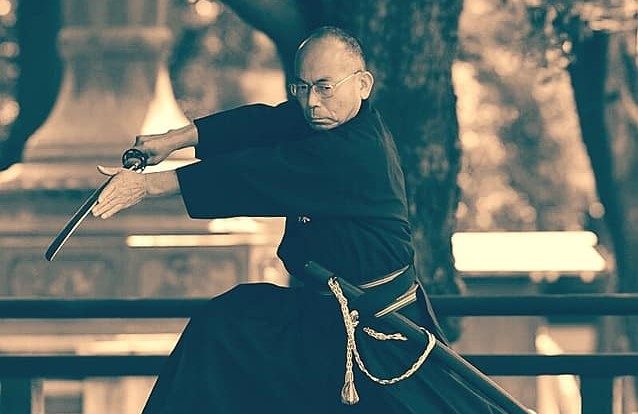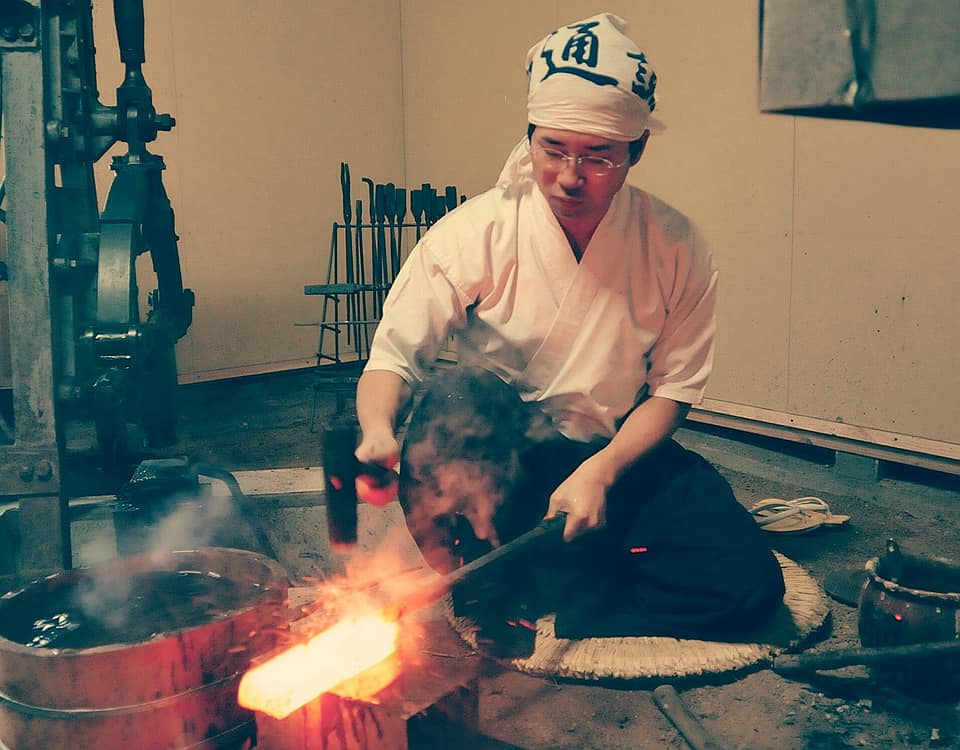Katana are traditionally made from a specialized Japanese steel called tamahagane, which is created from a traditional smelting process that results in several, layered steels with different carbon concentrations.This process helps remove impurities and even out the carbon content of the steel.
The age of the steel plays a role in the ability to remove impurities, with older steel having a higher oxygen concentration, being more easily stretched and rid of impurities during hammering, resulting in a stronger blade. The smith begins by folding and welding pieces of the steel several times to work out most of the differences in the steel. The resulting block of steel is then drawn out to form a billet.
At this stage, it is only slightly curved or may have no curve at all. The katana’s gentle curvature is attained by a process of differential hardening or differential quenching: the smith coats the blade with several layers of a wet clay slurry, which is a special concoction unique to each sword maker, but generally composed of clay, water and any or none of ash, grinding stone powder, or rust. This process is called tsuchioki.

The edge of the blade is coated with a thinner layer than the sides and spine of the sword, heated, and then quenched in water (few sword makers use oil to quench the blade). The slurry causes only the blade’s edge to be hardened and also causes the blade to curve due to the difference in densities of the micro-structures in the steel. When steel with a carbon content of 0.7% is heated beyond 750 °C, it enters the austenite phase.
When austenite is cooled very suddenly by quenching in water, the structure changes into martensite, which is a very hard form of steel. When austenite is allowed to cool slowly, its structure changes into a mixture of ferrite and pearlite which is softer than martensite.This process also creates the distinct line down the sides of the blade called the hamon, which is made distinct by polishing. Each hamon and each smith’s style of hamon is distinct.
To be continued.
Source: Facebook/Aikido



